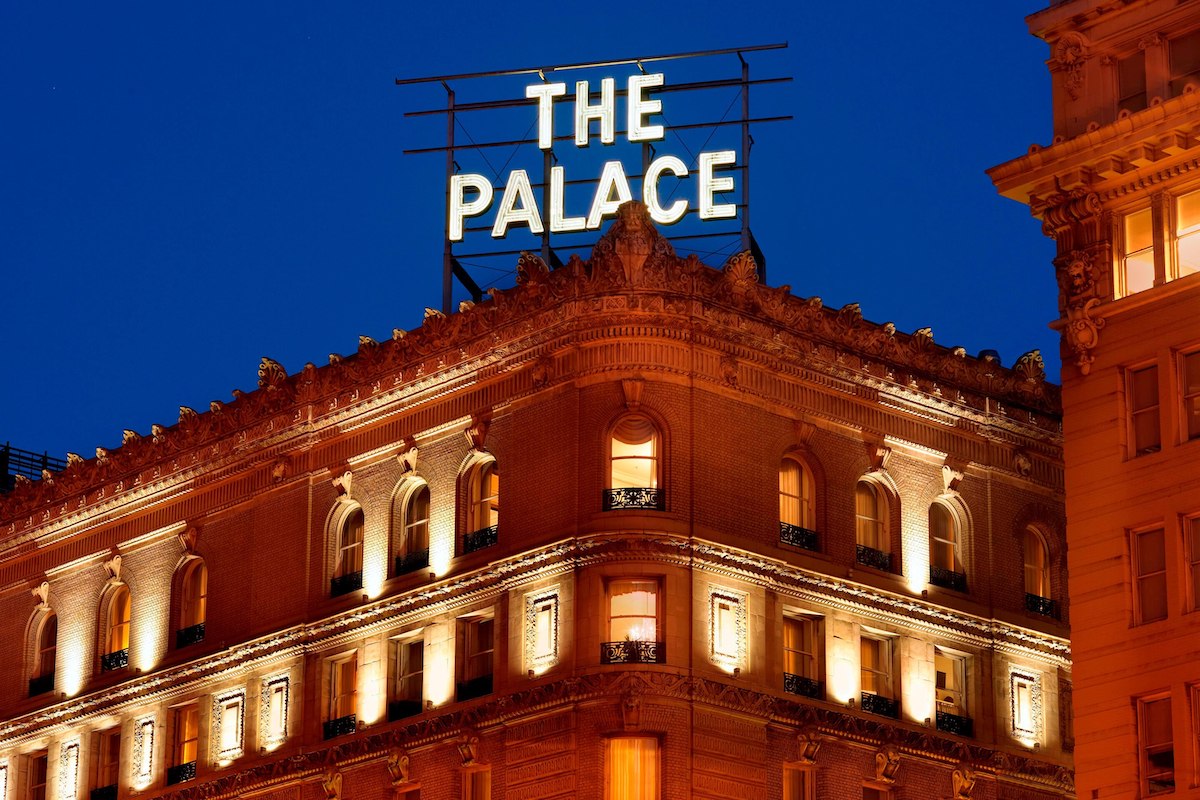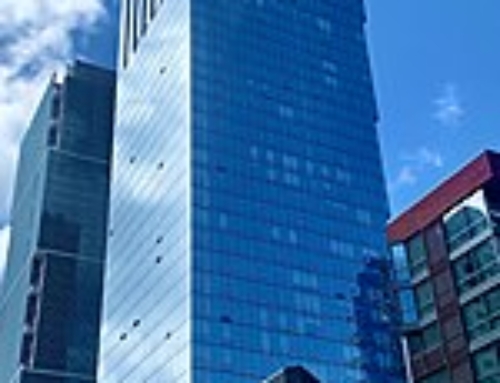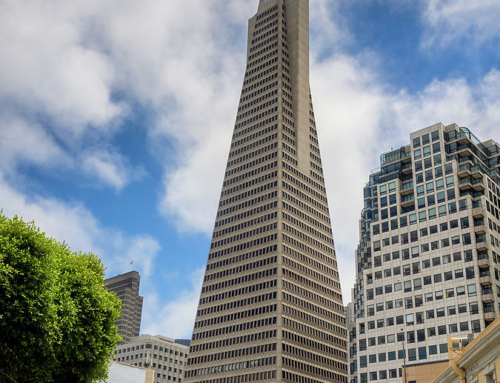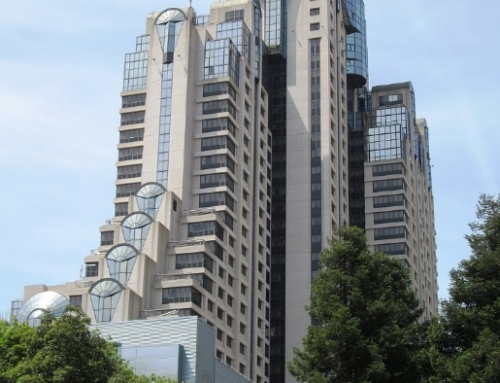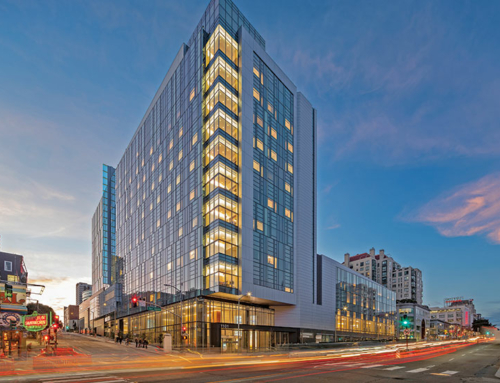In large cities, transformation is inevitable. Structures are built, repurposed, remodeled, and leveled regularly. However, some cities have a few structures that stand for decades.
I believe the “secrets to longevity” can be whittled down to three components: 1) Quality design and construction; 2) Multiple “face lifts” and adjustments to meet client needs; 3) Location.
San Francisco’s Palace Hotel satisfies all three.
The Palace Hotel opened on October 2, 1875. The cost of construction was $5 million–not a small price at that time! It featured a skylighted Grand Court that served as an elegant carriage entrance overlooked by seven stories of white columned balconies.
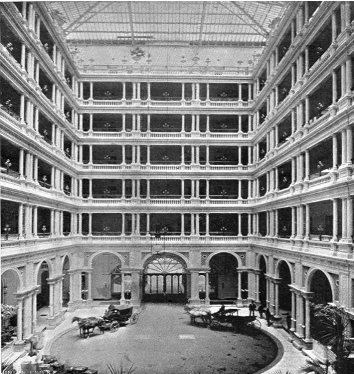
Fire from the 1906 earthquake caused significant damage to the hotel, forcing it to close. Architect and engineer Julia Morgan was hired to repair and enhance the building. She introduced reinforced concrete–then quite innovative–to better withstand future earthquakes. It reopened in 1909 after 44 months of work.
The Grand Court gave way to a three-story Parisian-style open space (renamed the Garden Court) with a $7 million glass dome and crystal chandeliers. It was designed by George William Kelham of the New York firm Trowbridge and Livingston, who also designed San Francisco’s Asian Art Museum.
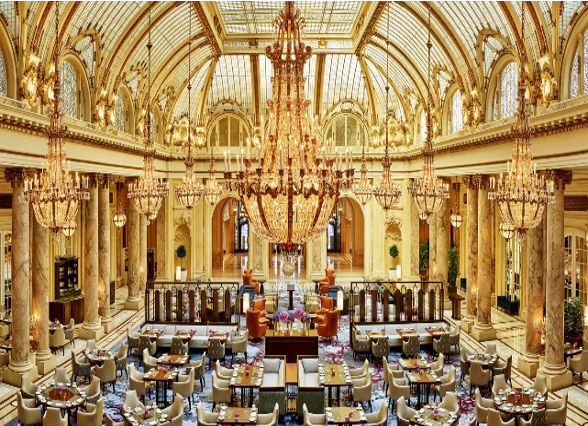
Then, in 1988, the hotel underwent a $150 million renovation under the direction of architects Skidmore, Owings & Merrill. It reopened in 1991. In 2015, there was another extensive renovation, this time to enhance guest rooms, the indoor pool, fitness center, lobby, promenade, and Garden Court.
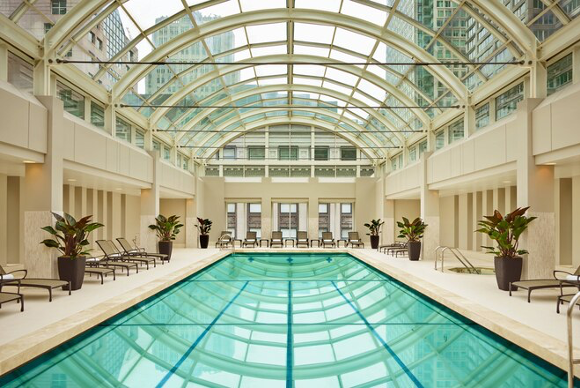
Besides staying on top of repairs and facelifts, the Palace has been attuned to client needs. For example, in the 1920s, the Palace offered a special sanctuary for commuters who “inadvertently” missed the last scheduled ferry boat (translation: they were three sheets to the wind). They received special room rates along with a kit containing pajamas, toilet articles, and fresh socks at no extra charge.
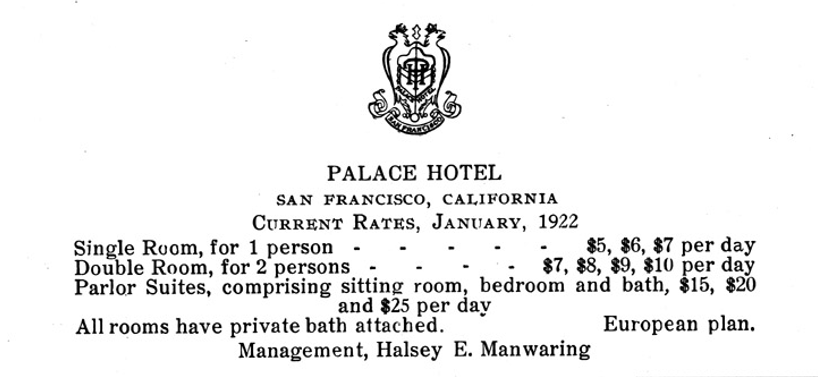
I’m not sure how the Palace Hotel’s location measured up when it was built in the 19th century, but today there is probably no better spot for a hotel–on the boundary of the Financial District and SOMA. It’s a great location, whether one is visiting the city for business or pleasure, or “inadvertently” misses the last ferry to Marin.
Coming later this year, LISA will debut a game to rebuild the Transamerica Pyramid. Learn more HERE.
Stay tuned.

